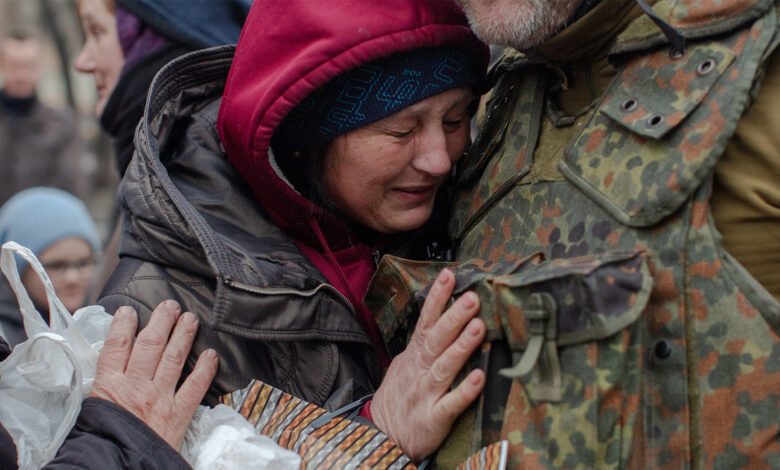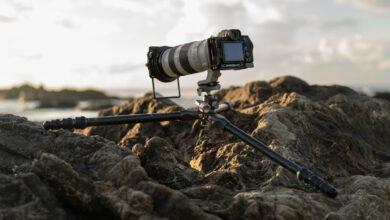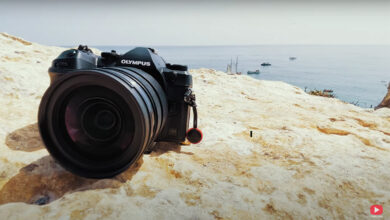5 Tips for Telling Better Stories with Natalie Keyssar

Telling a story is about more than just taking pretty pictures. Here are five tips from photojournalist Natalie Keyssar to help you craft a better story.
For those who don’t know, Natalie is a Canon Explorer of Light who works primarily in the world of photojournalism. Based in Brooklyn, NY, her work focuses on the personal effects of political turmoil and conflict, youth culture, and migration. Her work has been supported by the Pulitzer Center, the Magnum Foundation, the National Geographic Society, and the IWMF, among others. In short, she knows what she’s talking about. When I had the chance to sit down with her online, she sent me a list of topics to choose from. But instead of choosing one, I asked if I could choose them all, and she happily agreed. This online conversation ended up being split into two parts. This first part is about storytelling, and the second part will be about on the business side of becoming a photojournalist.

How to choose a story
In this section, Natalie talks about the importance of choosing a story. She feels that many people skip this important step by jumping into a subject just because it’s popular at the time or because photographers feel like it’s a story they should be interested in. Instead, she says that choosing a story should be like falling in love with someone. It should be a subject that makes you crazy with passion, in a good or bad way. Since most photojournalism stories are long-term endeavors, there will be easy days and hard days. There will be times when things don’t go as planned and there will even be roadblocks that seem to stop you in your tracks. So the subject of the story needs to be something that motivates you and motivates you enough to keep going through the hard times. Otherwise, you may end up with a series of half-told stories that never get finished.
In the world of photojournalism, access is king. You can have a great idea for a story you want to tell, but if you don’t have access to the key people, it will never come to fruition. In this segment of the conversation, Natalie talks about the difficulties that new photographers face when they walk into a new space with a nice camera and ask to photograph someone. This is one area where the story you choose can help a lot. One of the easiest ways to connect with people is through a shared interest. So if the story you’re trying to tell is something you’re passionate about, simply sharing that passion with your potential subject can help you gain trust and access. For situations where you might be passionate about telling a story that you might not know much about, simply asking someone to teach and mentor you on the subject while you document it can also be a great way to get involved. She also feels it’s important to be open and transparent about what you’re doing, why you’re doing it, and where the images can be seen (more on ethics later).

Visual style
In this section, Natalie talks about how your photographic style can go a long way in determining how a situation or subject is perceived by the viewer. Traditionally, many underrepresented people are photographed in ways that pay little attention to their appearance and are often photographed in dark, low-light settings. Whereas those in the upper class are often photographed with a lot of attention to their appearance, often with a group of people to ensure that the details of each image are taken into account. But just because you are photographing someone who is struggling doesn’t mean you can’t photograph them to look strong or to make sure you capture them in a flattering way. She also touches on how the tools you use for your style can affect your images. For example, she likes to use flash in her work, but there are situations where someone might be in a very vulnerable moment and shining a flash in their face can be very disrespectful.
Most of the time in photojournalism, photographers rely solely on their images to tell the story. But in this piece, Natalie talks about the possibilities of making a story stronger by expanding the medium and making the process more of a collaborative effort. One example she gives is that if you are working on a story about an artist, it might make sense to print the image and have the artist draw over the image that is created. Not only does this interweaving of media help tell a better story, but collaborating with the subject can also go a long way in creating a more heartfelt and engaging story. Obviously, this technique won’t apply to every story, but I like the idea of keeping an eye out for such possibilities, whether it’s painting, embroidery, poetry, or any other medium.
Ethics and community protection
This last topic isn’t necessarily a tool for crafting a better story, but it is always something to consider when figuring out how to tell a story. Especially if you are writing a story or dealing with a subject that might be affected by the telling of the story. For example, if you are telling a story about the hardships of being an undocumented citizen, you obviously don’t want the publication of that story to result in the deportation of your subject. This also ties back to what was said earlier when approaching a topic. If there is any possibility that the story could harm the subject in any way, you want to be upfront and honest about those possibilities early in the conversation. Natalie also talked about the importance of having this conversation flow and be ongoing. Maybe the story was originally meant to be published in a local newspaper, but after the initial publication, the publisher wants to turn it into a national story. Or maybe a publisher in another country wants to publish the story. These seemingly small changes can have a big impact on your topic depending on their situation.

Conclusion
There is a lot that goes into crafting and telling a better story. There is even more that could be said about each of the topics that have been shared. However, I think there is a lot to glean and learn even from this brief summary. For me, what I learned the most was choosing a story based on passion rather than popularity. I also learned a lot about how to approach a topic. But if this topic interests you, be sure to check out more from Natalie Keyssaras she offers live and online workshops on this topic and many more.




